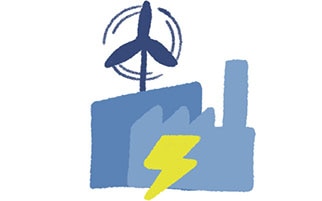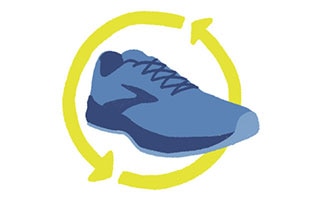Our approach
At Brooks, we believe climate change demands urgent and universal action. We live, work, and run as part of a global community. The planet is our home, and because more than 150 million people worldwide run outside, it’s critical we take care of it.
The Intergovernmental Panel on Climate Change (IPCC) and the leading climate scientists from across the globe agree that the world must take immediate, rapid, and large-scale actions to cut global emissions in half by 2030. We must also reach net-zero greenhouse gas (GHG) emissions by 2050 to limit global temperature rise to 1.5°C and avoid the catastrophic impacts of climate change.
We are taking a science-based approach to address climate change and align efforts across every level of our business to reduce GHG emissions, from our raw materials, to manufacturing processes, at every stage of our global supply chain.
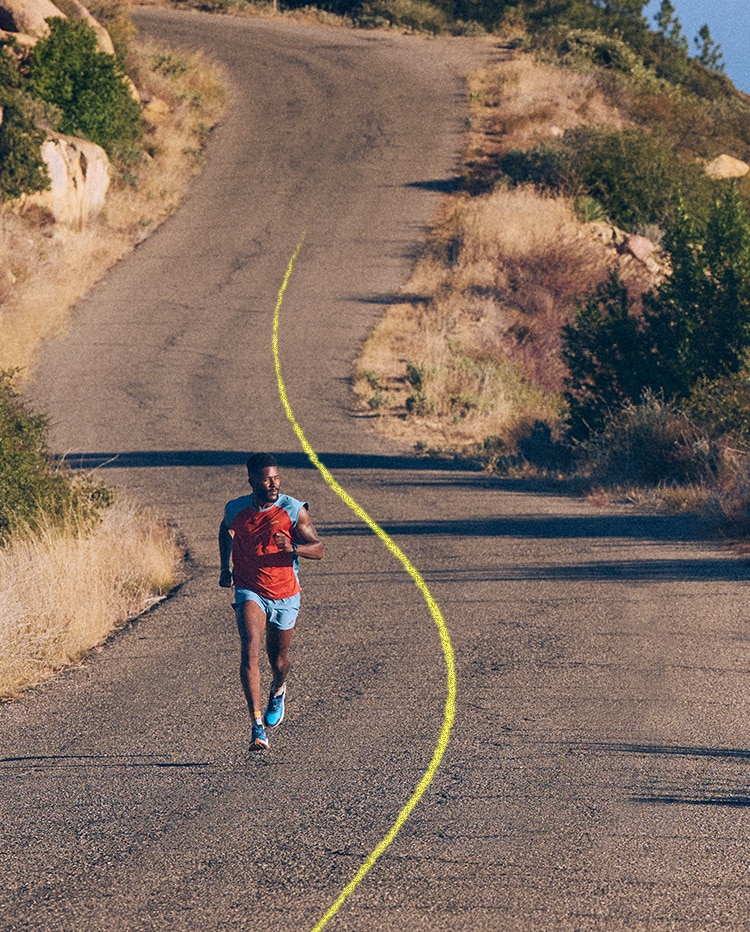
Reduce greenhouse gas emissions in line with climate science

- Reduce absolute Scope 1 & 2 greenhouse gas emissions 50% by 2030 and 90% by 2040 (from a 2021 baseline)
- Reduce Scope 3 greenhouse gas emissions 52% per unit of production by 2030 and 97% by 2040 (from a 2021 baseline)
Understanding Scope
Scope 1: GHG emissions generated directly from our offices, distribution centers, and stores (e.g., use of natural gas).
Scope 2: GHG emissions from using purchased electricity in our offices, distribution centers, and stores.
Scope 3: Any indirect GHG emissions that occur across our entire value chain. This includes the materials used in our products, manufacturing of our gear, transportation and distribution, and employee business travel.
Understanding Scope
Scope 1: GHG emissions generated directly from our offices, distribution centers, stores (e.g., use of natural gas) and vehicle fleets.
Scope 2: GHG emissions from the generation of purchased electricity used in our offices, distribution centers and stores.
Scope 3: Any indirect GHG emissions that occur across our entire value chain. This includes the materials used in our products, manufacturing of our gear, transportation and distribution, employee business travel and other categories of indirect emissions.
Using the best practices and guidance from the Science Based Targets initiative (SBTi), we have developed ambitious, near- and long-term Scope 1, 2, and 3 GHG emissions reduction targets that were approved to meet the SBTi Net-Zero Standard - meaning that our targets are in line with a 1.5°C trajectory – the most ambitious designation available through the SBTi and consistent with the reduction required to keep global warming below 1.5°C.
Our footprint
A critical first step toward taking action to reduce GHG emissions and achieving our science-based targets is to understand the sources of our GHG emissions. We track and disclose our GHG emissions in line with the Greenhouse Gas Protocol, the leading greenhouse gas accounting standard for corporations.
Sources of our GHG emissions:
- Breakdown of Scope 1, 2, & 3 GHG emissions:
Scope 1: <0.5%
Scope 2: <0.5%
Scope 3: 99% - Breakdown of scope 3 GHG emissions:
See chart
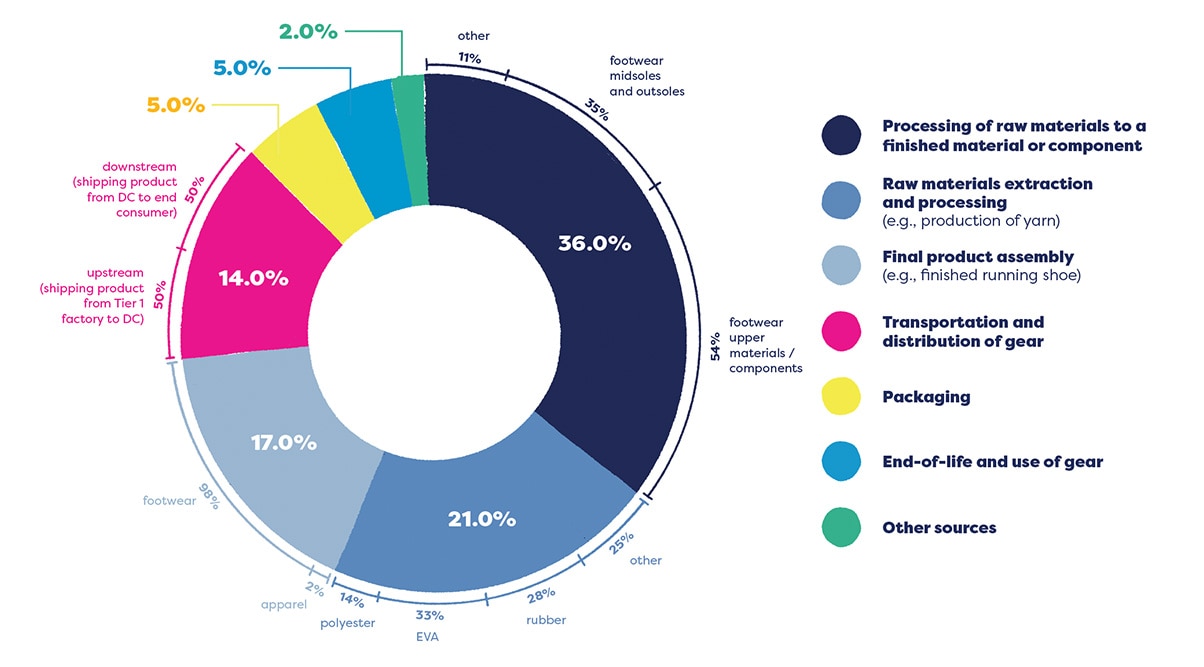
Corporate Responsibility Performance report.
Our climate roadmap
Using the insights from our GHG emissions inventory, we developed a climate roadmap that identifies strategies to reduce GHG emissions across our value chain. These strategies were developed through a series of workshops in collaboration with key stakeholders across our organization, including product design and development, sourcing, and distribution teams. Each strategy identified in the workshops was modeled to calculate their GHG emissions reduction potentials, to provide us with clear paths to a reduction of our emissions and achievement of our science-based targets.
Key strategies in our approach to reduce GHG emissions:
Reducing Scope 1 and 2 emissions
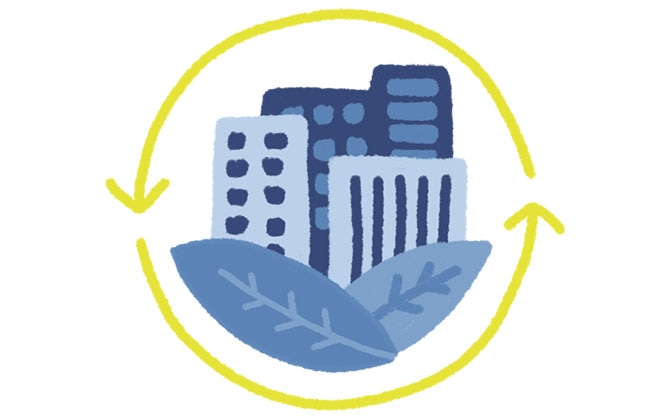
- Convert all of Brooks global operated facilities to 100% renewable energy
- Convert our leased vehicle fleet to electric vehicles
Reduce Scope 3 emissions
|
|
|
|
Learn more about some of these strategies in our latest Corporate Responsibility Performance report and visit our sustainable consumption page for strategies that also play a key role in achieving our GHG emissions reduction targets.
We continually evaluate our climate roadmap knowing that additional strategies will be necessary to achieve our science-based targets. In addition to analyzing our GHG emissions inventory, we also utilize Life Cycle Assessment (LCA) as a tool to identify new opportunities to reduce GHG emissions and evolve our climate roadmap. Learn more about our LCA of the Ghost.
Brooks Global Headquarters
Brooks HQ is certified LEED Platinum, using 79% less energy than a typical office building. It is also the first commercially developed building to complete the City of Seattle’s Deep Green Pilot Program by meeting and surpassing rigorous sustainability benchmarks during a 12-month period. Among other sustainable building goals, the program requires curbing energy and water usage by 75% and reusing 50% of captured rainwater compared to an average office building.
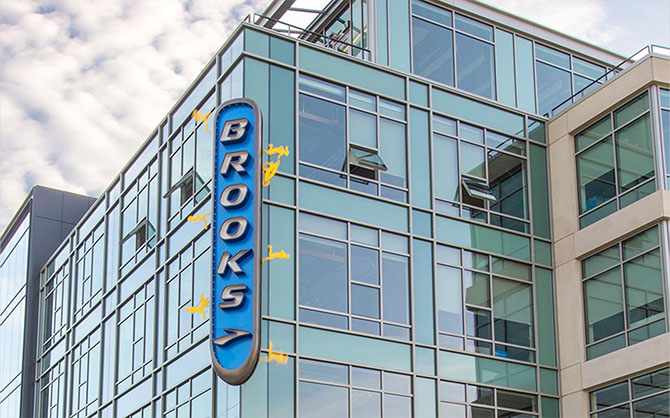
- A chilled beam water-based heating and cooling system uses significantly less energy than a standard HVAC system.
- Highly efficient LED bulbs are managed by sensors so the lights activate only when necessary.
- Large windows allow natural light to reach deeper into the building to reduce need for artificial light.
- To help influence employee behavior, this data is communicated daily via cafeteria screens.
Reach net-zero greenhouse gas emissions by 2040
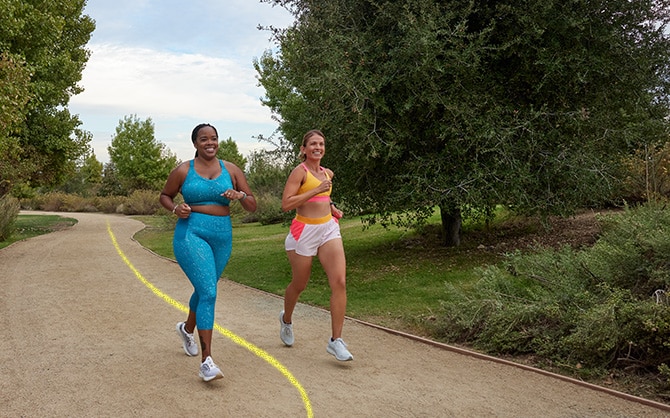
- Reach net-zero greenhouse gas emissions by 2040
We recognize that the sooner the world can curb GHG emissions, the greater the chance of keeping global temperature rise below 1.5°C. That's why we've committed to achieve net-zero GHG emissions by 2040 — 10 years ahead of the Paris Agreement's 2050 target.
Partnerships and global action will be critical to achieve our ambitious climate targets. Therefore, in 2020, Brooks became a signatory of The Climate Pledge, co-founded by Amazon and Global Optimism. Brooks was the first athletic brand and among the first 40 companies in the world to sign the commitment to meet the Paris Agreement 10 years early.
Our path to net-zero
How we will achieve net-zero GHG emissions:
- Prioritize GHG emissions reductions in line with climate science to achieve our near-term and long-term science-based targets.
- Neutralize all residual GHG emissions through independently verified carbon credits.
As we move along our climate roadmap, we recognize that we will continue to be responsible for GHG emissions. To address this, we compensate for some of these residual GHG emissions we have not yet reduced with carbon credits, to make an immediate impact to help address climate change.
We started in 2021 with our highest-volume style – the Ghost 14 – as our first carbon neutral product. Our commitment is ongoing so when each new version of the Ghost hits the stores, we will continue to make the shoe carbon neutral. Starting with our Spring 2024 season, we will begin making trail footwear and apparel styles carbon neutral, including the Catamount 3, Caldera 7, and High Point apparel collection.
Carbon credits
Carbon credits come from projects that verifiably avoid, remove, or reduce GHG emissions from the atmosphere through actions like displacing fossil fuel energy with the development of renewables, restoring degraded land with new forest, and reducing fuel usage through clean cooking solutions.
How we choose carbon credit projects
Not all carbon credits are equal. Our approach to ensure quality includes purchasing carbon credits from projects that are verified to leading international standards within the voluntary carbon credit market (such as Verra, Gold Standard, and the American Carbon Registry), which confirms that carbon credits are additional, permanent, quantifiable and independently verified.
Additionally, we carefully selected our carbon offsetting partner, Climate Impact Partners, because they go the extra mile, undertaking additional due diligence beyond these standards to assess the projects against a broader range of criteria to ensure we are only working with the highest quality projects.
Finally, we prioritize projects that align with climate science and deliver clear social and environmental impacts beyond reducing GHG emissions, such as improving air quality, health and well-being for communities.
We currently prioritize purchasing carbon credits from projects that avoid or reduce GHG emissions from entering the atmosphere in the first place, as we believe this has an immediate impact on climate change. Our long-term approach is to transition to purchasing carbon credits from projects that permanently remove and store GHG emissions from the atmosphere.
Carbon credits for the Ghost
In partnership with Climate Impact Partners, we selected three projects that meet our strict criteria and purchased enough carbon credits from these projects to compensate for the GHG emissions for each pair of the Ghost 15 that we produce.
Renewable Energy Portfolio, Global
Overview: Support of this renewable energy portfolio facilitates the global transition to a low-carbon energy future. Energy generation is one of the biggest emitters of GHG emissions, and renewable energy investment is a fast and effective solution to reducing these emissions.
Standard: UN Clean Development Mechanism (CDM)
READ MOREAlbany Water Improved Forest Management, Albany, U.S.
Overview: Albany, the capital of New York state, did not have a permanently protected forest buffer zone around this watershed before the project. Short-rotation clearcutting, which is typical in this region, risked the loss of not only trees but also the natural benefits forests provide to water sources. Emissions reductions are achieved by maintaining forest carbon stocks above short-rotation clearcutting.
Standard: The American Carbon Registry (ACR)
READ MORECuel Wind Power, El Morro, Chile
Overview: Wind power project located south of Santiago, Chile that facilitates the generation of renewable energy into the national grid. This project installed 22 wind turbines in El Morro in the region of Bio Bio, Chile, supplying zero-emissions electricity to the grid, thus avoiding GHG emissions by displacing fossil fuel power plants.
Standard: UN Clean Development Mechanism (CDM)
READ MORECertified carbon neutral
All Brooks’ carbon neutral product are certified in accordance with the CarbonNeutral Protocol, the leading global framework for carbon neutrality. We do this to ensure that we are operating in line with the most up-to-date best practices of the voluntary carbon market.
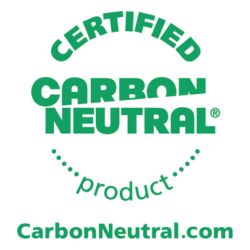
Engaging in climate action:
- Signed Business Ambition for 1.5°C
- Signatory of The Climate Pledge
- We Are Still In signatory
- One of nine original signatories of coZEV to accelerate maritime shipping decarbonization
- Joined the Zero Emission Maritime Buyers Alliance (ZEMBA)
-

Running Responsibly
-

Our People Path
-

Our Planet Path




